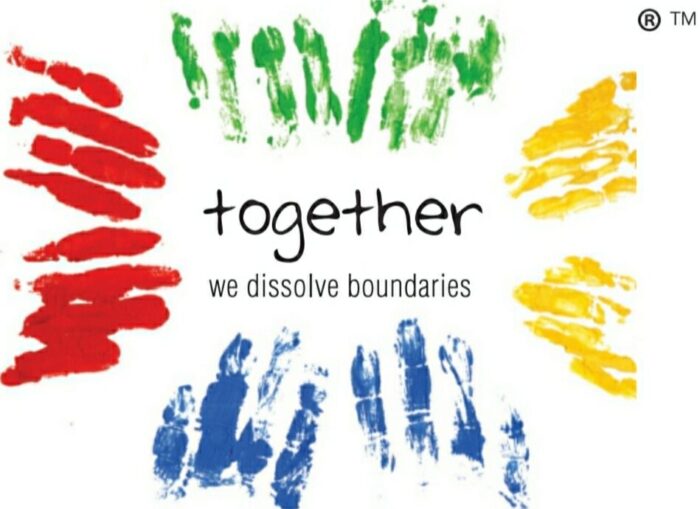Personal Hygiene

Due to space constraints, we do not offer the life skills programme at the centre any more but as home programmes. We have helped several families achieve independence in the important area of personal hygiene. We require that our team members are able to manage their personal needs of using the washroom appropriately and eating independently at the time of admission to the sheltered employment workshop.

My Body
This is an intensive program that was designed at Together Foundation to attempt to teach young people with autism about protecting their bodies. Safety comes first and it is our duty to make our utmost attempt to instill a sense of privacy as well as awareness of what is acceptable and what is not. There are detailed notes/Guidelines given for every level of the program, within the document.

Washroom
What is easy for many, can be stressful for people with special needs. This programme is for children/adults who are dependent on help for using the washroom. There are detailed notes/Guidelines given for every level of the program, within the document.

Period
Teaching independence to manage the period is important to protect and ensure the privacy, safety & dignity of girls/women. Though it appears daunting, it can be achieved by following a methodical/consistent and repetitive method of teaching. Ideally this program must be started at pre- puberty age by allowing the girl to see the steps of period management. This can be done either by observing the mother or being taught to have trials of wearing a sanitary napkin and disposing it. This should be done regularly to help reduce the fear of the unknown and to prepare for the start of menstrual cycle. There are detailed notes/Guidelines given for every level of the program, within the document.

Asking for help
This program is taught using an artificially created environment. A problem is created to teach the adult with autism to ask for help. For example, if there is no water flowing from the tap in the bathroom, the adult can be motivated to ask for help. It is extremely important that the caregiver should be present in the vicinity to ensure that help is given when asked for.
There are a few important criteria to keep in mind for successful implementation for this programme.
- The adult must be encouraged to open the door of the bathroom and shout loudly for help.
- Many people with autism do not use speech to the full potential/ nonverbal/ use single words only/ speak very softly and therefore shouting loudly for help may not be feasible.
- It is useful to install a switch button – “Help” switch in the bathroom.
- The switch must have a label below it and colour coded in a bright colour.
- Artificial situations of need must be created by turning off the water supply or making sure the soap dispenser is not available.
- The caregiver can encourage the adult to press the “help switch” and call for help.
- This is particularly useful incase of a real life situation and the adult is not fully clothed. The adult can protect his privacy by ringing the bell.
- Alternatively, the adult must also be taught to bang on the door of the washroom loudly and to call for help.
- These kind of situations need to be created several times for the adults to become comfortable and ask for help when required in a real life situation.

